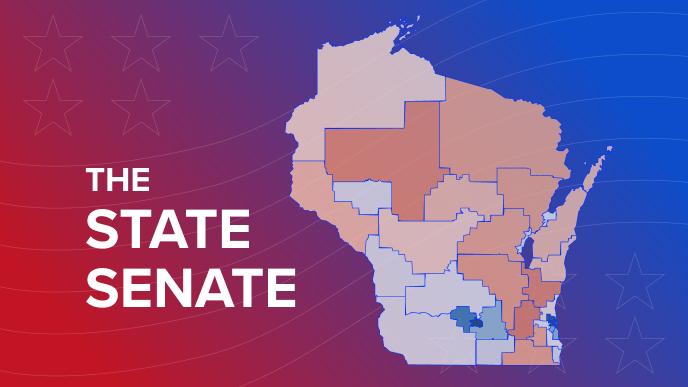
2024 Wisconsin State Legislature Voter Guide: The State Senate
By
Loading...
Want More Local News?
Civic Media
Civic Media Inc.
The Civic Media App
Put us in your pocket.

Civic Media Inc.
Put us in your pocket.
401 N. Washington St #111, Green Bay, WI 54301
Studio: (920) 588-8957 (text or call)
Office: (608) 819-8255
Sales : (262) 634-3311